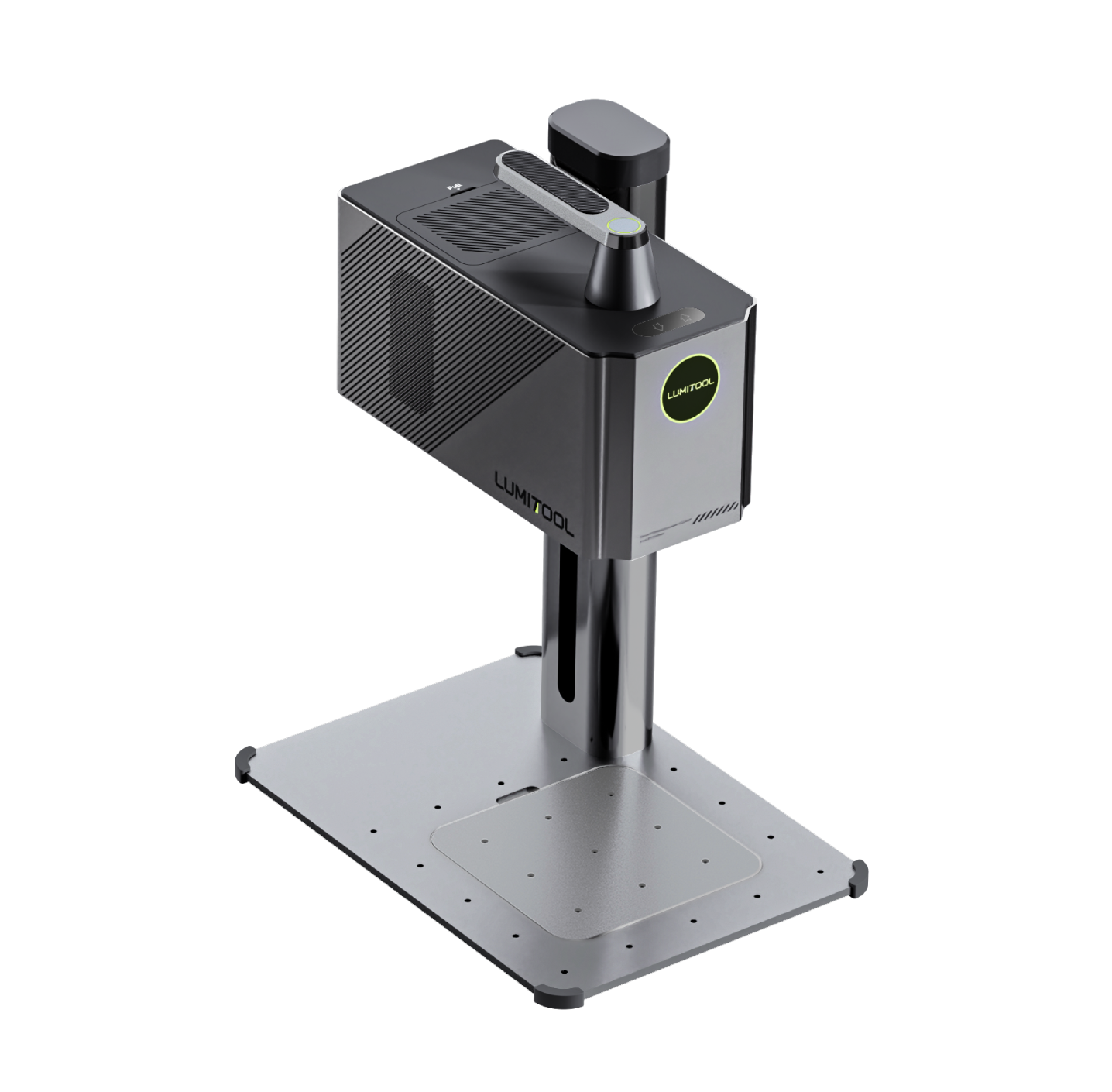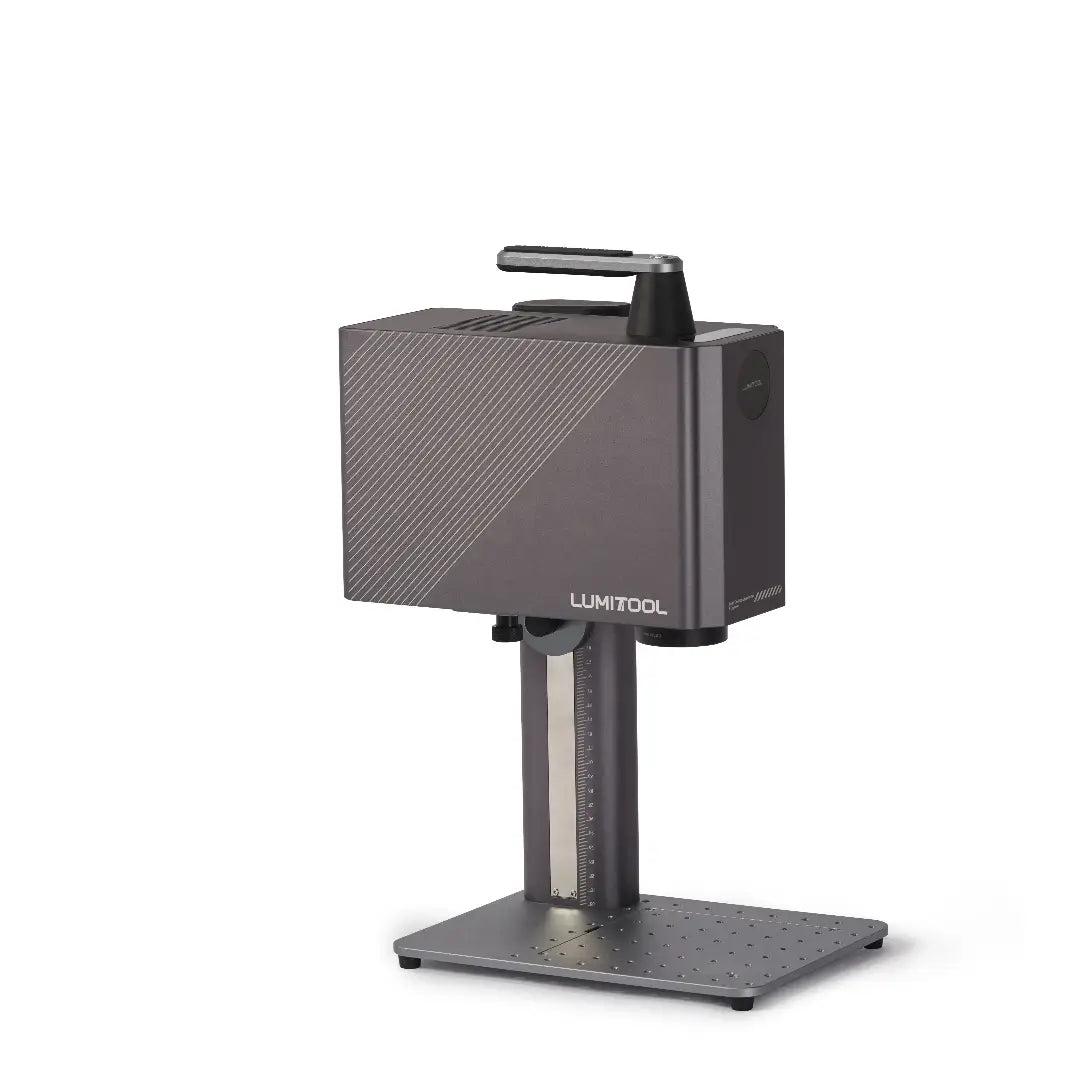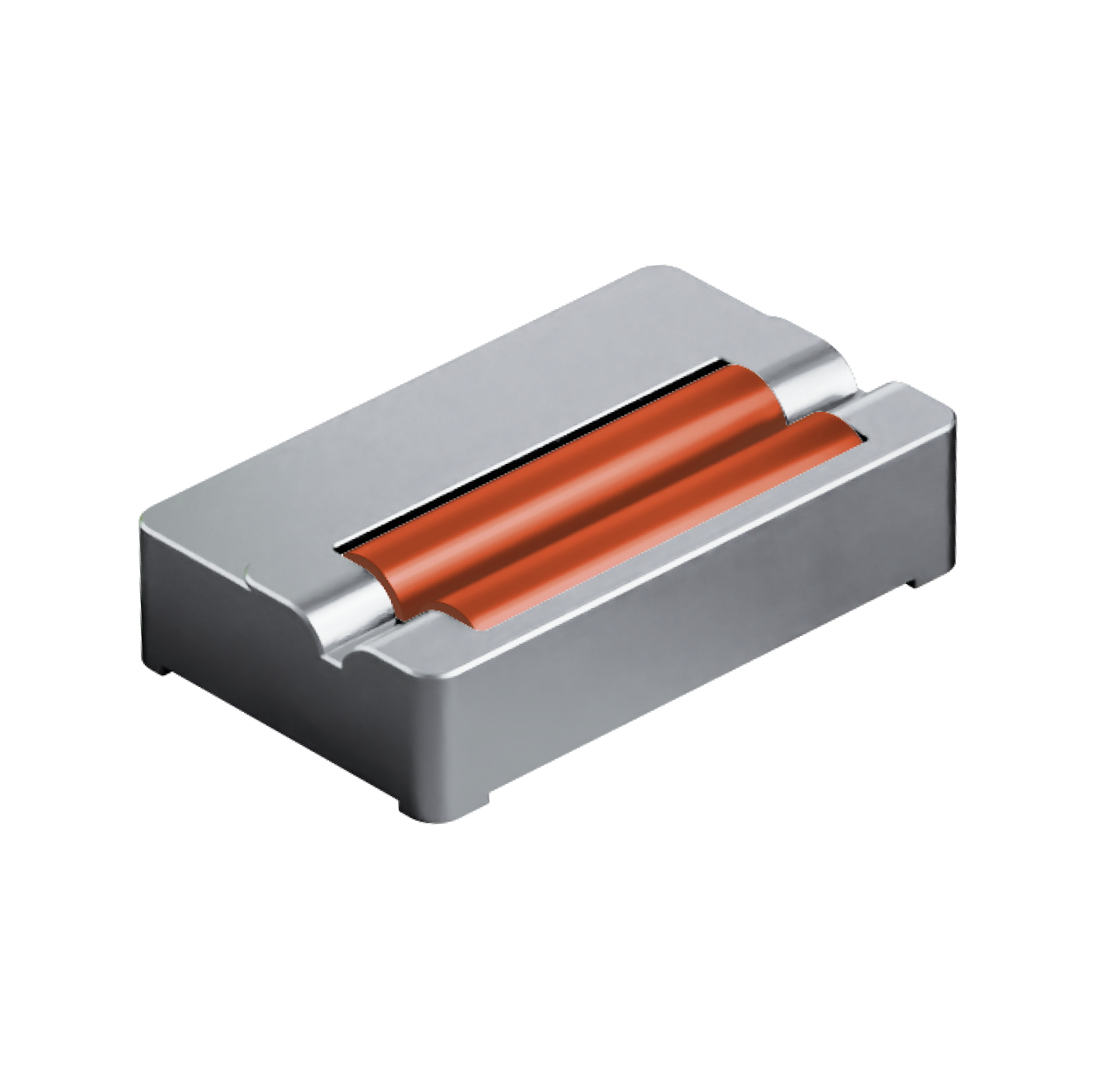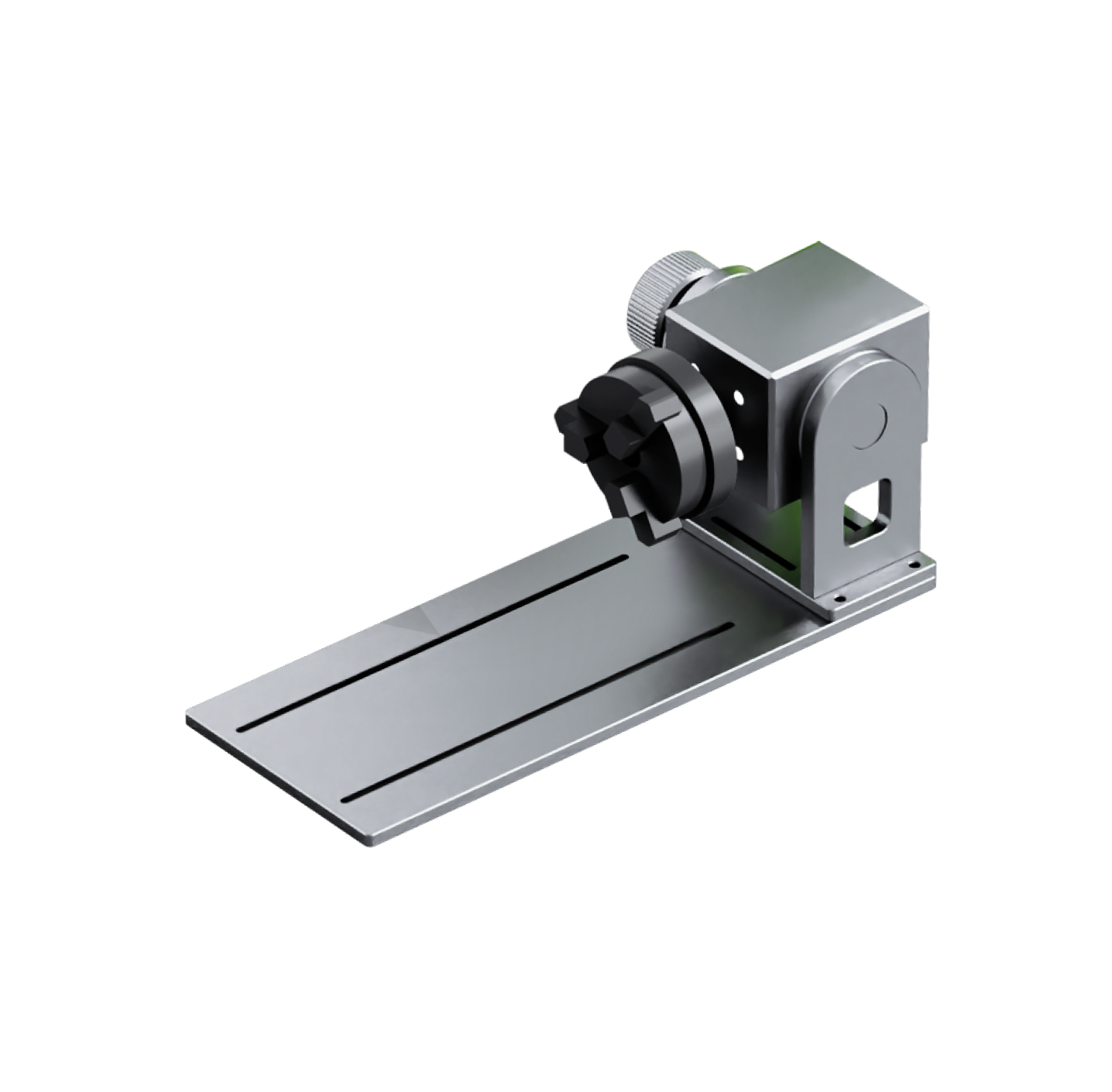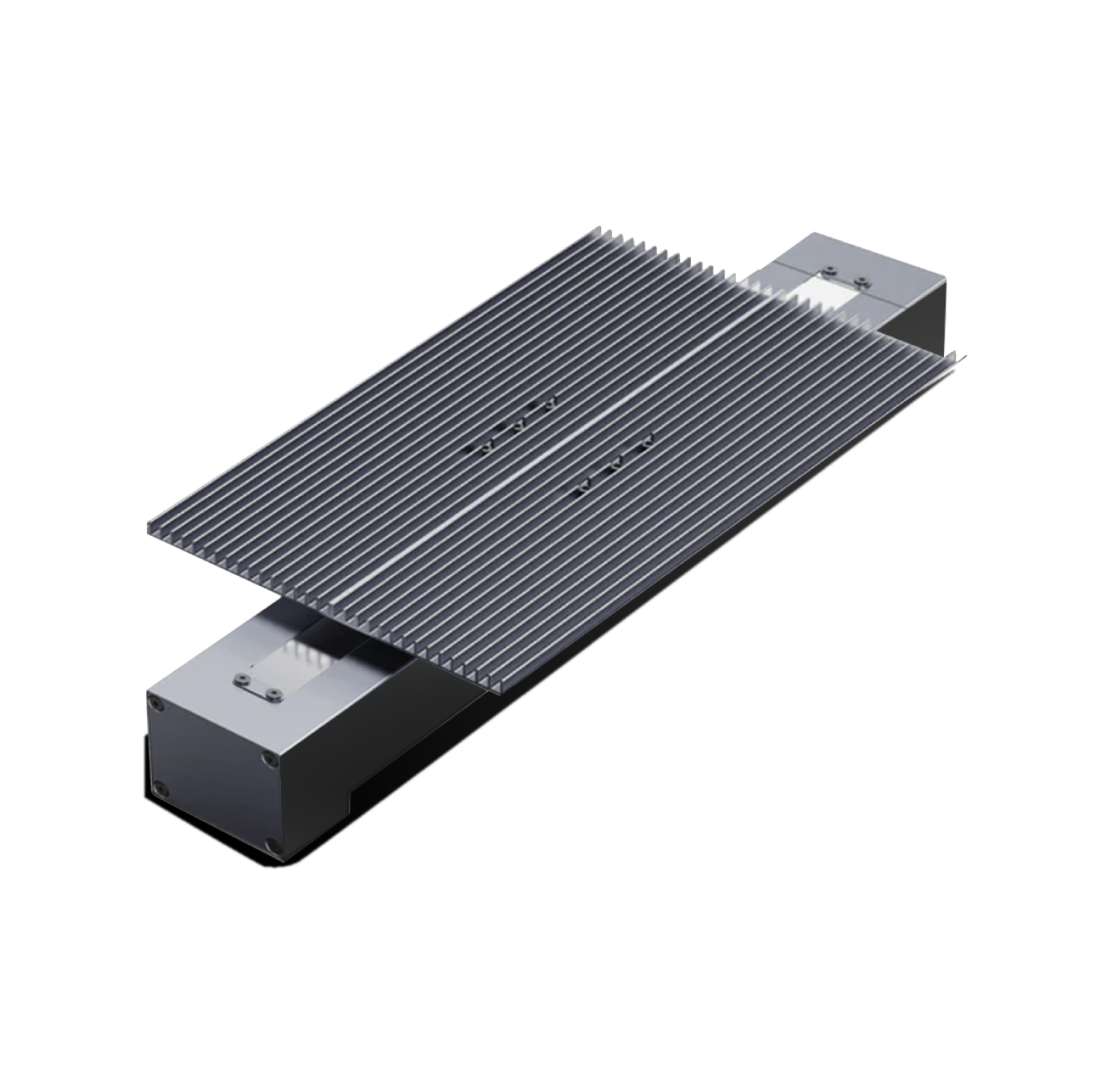Fiber laser cutting machines are widely used high-precision cutting tools in metal processing. However, choosing the right power is a key factor for metals of different thicknesses. Correct power selection ensures cutting quality and efficiency while avoiding problems caused by excessive or insufficient energy input. This blog provides a comprehensive guide on how to choose the right fiber laser cutting machine power for metals of different thicknesses, taking into account important factors such as material thickness, cutting speed, and cutting quality requirements. By making a wise power choice, efficient, precise, and non-destructive metal cutting can be achieved, and common misunderstandings are highlighted and guidance is provided to avoid them.

-
Determine the metal thickness range:
First determine the metal thickness range you typically use. Different power levels are suitable for different thickness ranges. Fiber laser cutting machines are generally divided into three power categories: low (up to 1 kW), medium (1 kW to 4 kW), and high (over 4 kW). Generally, thicker materials require higher power. This is because thicker materials require additional energy to overcome heat conduction and achieve melting.
-
Cutting speed considerations:
Cutting speed is another important factor that affects power selection. Generally, higher-power fiber laser cutting machines can achieve faster cutting speeds. In addition, increasing cutting speeds helps reduce the heat-affected zone and deformation of the material, thereby significantly improving productivity. Thicker metals generally require more power to achieve faster cutting speeds. Evaluate the cutting speed required for production needs to determine the power level that can meet these requirements.
For cutting materials of different thicknesses, appropriate parameters should be selected based on the relationship between cutting speed and power.
-
Material type:
Different metals have different reflective properties, which can affect the effectiveness of laser cutting. For example, stainless steel reflects more laser energy than carbon steel. Higher-power fiber laser cutting machines are generally more suitable for materials with higher reflectivity because they can overcome reflection losses more effectively.
-
Cutting quality requirements:
Cutting quality requirements also affect power selection. Different cutting quality standards, such as kerf width, edge quality, and kerf smoothness, generally require different power levels to achieve. For example, when there are strict requirements for cutting quality, higher power is required to ensure cutting quality.
-
Budget and cost considerations:
Power level directly affects the cost of a fiber laser cutting machine. Higher-powered machines tend to cost more upfront, but they can provide better performance and productivity for thicker materials. Consider your budget and balance it with your expected cutting requirements to find the most cost-effective solution.
-
Maintenance and operating costs:
Higher-powered fiber laser cutting machines may require additional maintenance and have higher operating costs due to increased energy consumption. Evaluate your ability to handle maintenance tasks and the long-term financial impact when deciding on the power level of a fiber laser cutting machine.
-
Consult an expert:
If you are unsure of the appropriate power level for a specific application, it is recommended to consult an expert or manufacturer who has experience using fiber laser cutting machines. They can provide valuable insights and recommendations based on your specific requirements.
FAQs about choosing fiber laser cutting machine power:
- Q1: Is higher power better?
- A1: No, higher power is not always better. Using too high power on thin materials can cause overheating, which can cause material deformation or a wider heat-affected zone.
- Q2: Does the power of a fiber laser cutting machine affect the cutting quality?
- A2: Yes, higher power usually means stronger cutting capacity and the ability to handle thicker materials. But at the same time, too high power may cause excessive melting or ablation of the material, affecting the cutting quality. Therefore, choosing the right power is crucial to ensuring cutting quality.
- Q3: Does power selection need to consider cutting speed and efficiency?
- A3: Indeed, power directly affects cutting speed and efficiency. Choosing the right power can ensure that production efficiency is improved while maintaining cutting quality and reducing material waste.
- Q4: Do different materials have different requirements for the power of a fiber laser cutting machine?
- A4: Yes, different materials have different melting points and absorption characteristics, and they also have different requirements for laser power. For example, stainless steel and aluminum may require different power settings to achieve the best cutting effect.
- Q5: Does the power of a fiber laser cutting machine affect the operating cost?
- A5: Yes, higher-power laser cutting machines are usually more expensive and have higher operating costs. Therefore, you need to balance investment costs and production needs when choosing.
- Q6: How do I determine if my production needs require a high-power fiber laser cutting machine?
- A6: Evaluate your production needs, including material type, thickness, cutting speed, and quality requirements. If you need to frequently cut thick materials or require high-efficiency production, you may need a higher-power laser cutting machine.
Choosing the right fiber laser cutting machine power requires a comprehensive consideration of production needs, material properties, cost-effectiveness, and long-term return on investment. By carefully evaluating these factors, you can choose the most appropriate equipment for your business.
Conclusion:
Choosing the right fiber laser cutting machine power level for different thicknesses of metal is critical to optimizing cutting efficiency and productivity. When making a decision, consider the metal thickness range, cutting speed, material type, budget and maintenance costs, and avoid common misunderstandings. Consulting an expert can also help determine the power level that best suits your specific needs. With careful consideration, you can ensure that your fiber laser cutting machine performs at its best in your desired metal cutting application.

